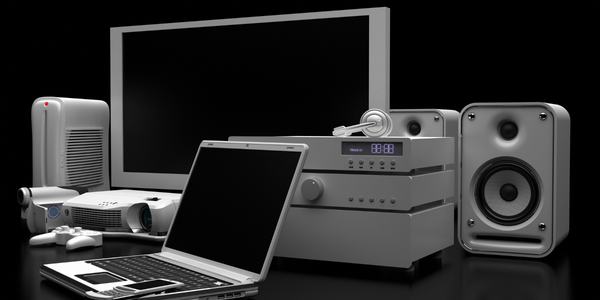下载PDF
TT Electronics: Embracing Zero Trust and SASE Architecture for Enhanced Connectivity
技术
- 功能应用 - 制造执行系统 (MES)
- 基础设施即服务 (IaaS) - 私有云
适用行业
- 电子产品
- 电信
用例
- 添加剂制造
- 制造过程模拟
服务
- 云规划/设计/实施服务
挑战
TT Electronics 是一家全球工程电子产品供应商,其现有网络基础设施面临着挑战。该公司于2010年建立了具有网页扫描、电子邮件扫描和VPN功能的全球MPLS网络,并于2015年续签了合同,增加了带宽和用户数量。然而,由于向云应用程序的快速过渡,增加的带宽被证明是不够的。此外,该公司正在努力确保向云应用程序和日益移动的员工队伍的过渡。 COVID-19 大流行使情况变得更加复杂,需要远程工作。该公司现有的远程访问 VPN 被证明不够灵活且带宽有限,给中国用户带来了困难。
关于客户
TT Electronics 是一家全球工程电子产品供应商,专注于电源、连接、传感器和制造。该公司成立于 1812 年,现已发展到在全球 29 个地点拥有 4,800 多名员工。 TT Electronics 为全球客户提供服务,其中许多客户在抗击冠状病毒过程中发挥着重要作用。为了实现业务连续性并支持客户,TT Electronics 实施了 Zscaler 零信任交换。
解决方案
为了应对这些挑战,TT Electronics 于 2018 年开始与 Zscaler 进行对话,讨论如何确保公司向云应用的过渡并支持其移动员工队伍。在研究了不同的解决方案后,TT Electronics 选择在 2020 年初与 Zscaler 进行概念验证试验。当疫情来袭时,该公司决定让中国用户参与试验。为了赶在更多居家隔离令之前,该公司在短短三周内为全球 3,000 多名员工实施了 Zscaler Private Access (ZPA)。该解决方案与设备和位置无关,允许所有员工安装和使用它。TT Electronics 还扩展了与 Zscaler 的协议,包括 Zscaler Internet Access (ZIA),这使该公司能够根据特定政策限制某些应用程序。
运营影响
数量效益
相关案例.

Case Study
Remote Temperature Monitoring of Perishable Goods Saves Money
RMONI was facing temperature monitoring challenges in a cold chain business. A cold chain must be established and maintained to ensure goods have been properly refrigerated during every step of the process, making temperature monitoring a critical business function. Manual registration practice can be very costly, labor intensive and prone to mistakes.

Case Study
Cloud Solution for Energy Management Platform-Schneider Electric
Schneider Electric required a cloud solution for its energy management platform to manage high computational operations, which were essential for catering to client requirements. As the business involves storage and analysis of huge amounts of data, the company also needed a convenient and scalable storage solution to facilitate operations efficiently.

Case Study
Leveraging the IoT to Gain a Competitive Edge in International Competition
Many large manufacturers in and outside Japan are competing for larger market share in the same space, expecting a growing demand for projectors in the areas of entertainment, which requires glamor and strong visual performance as well as digital signage that can attract people’s attention. “It is becoming more and more difficult to differentiate ourselves with stand-alone hardware products,” says Kazuyuki Kitagawa, Director of Service & Support at Panasonic AVC Networks. “In order for Panasonic to grow market share and overall business, it is essential for us to develop solutions that deliver significant added value.” Panasonic believes projection failure and quality deterioration should never happen. This is what and has driven them to make their projectors IoT-enabled. More specifically, Panasonic has developed a system that collects data from projectors, visualizes detailed operational statuses, and predicts issues and address them before failure occurs. Their projectors are embedded with a variety of sensors that measure power supply, voltage, video input/ output signals, intake/exhaust air temperatures, cooling fan operations, and light bulb operating time. These sensors have been used to make the projector more intelligent, automatically suspending operation when the temperature rises excessively, and automatically switching light bulbs. Although this was a great first step, Panasonic projectors were still not equipped with any capability to send the data over a network.








